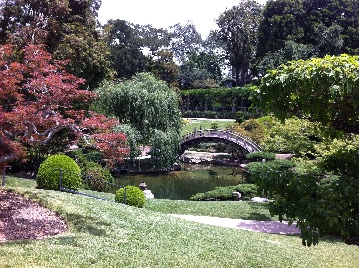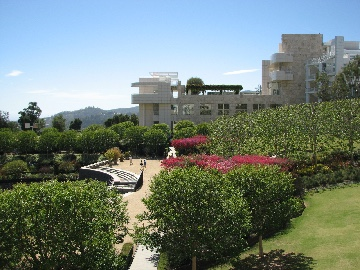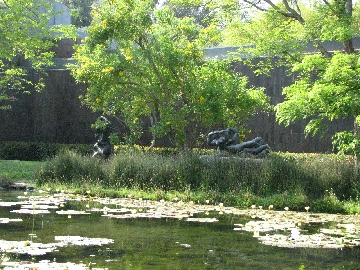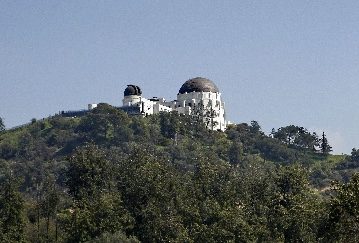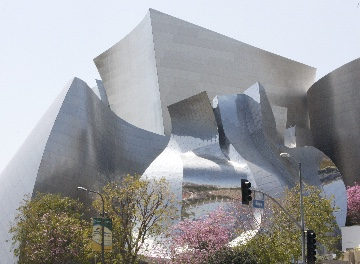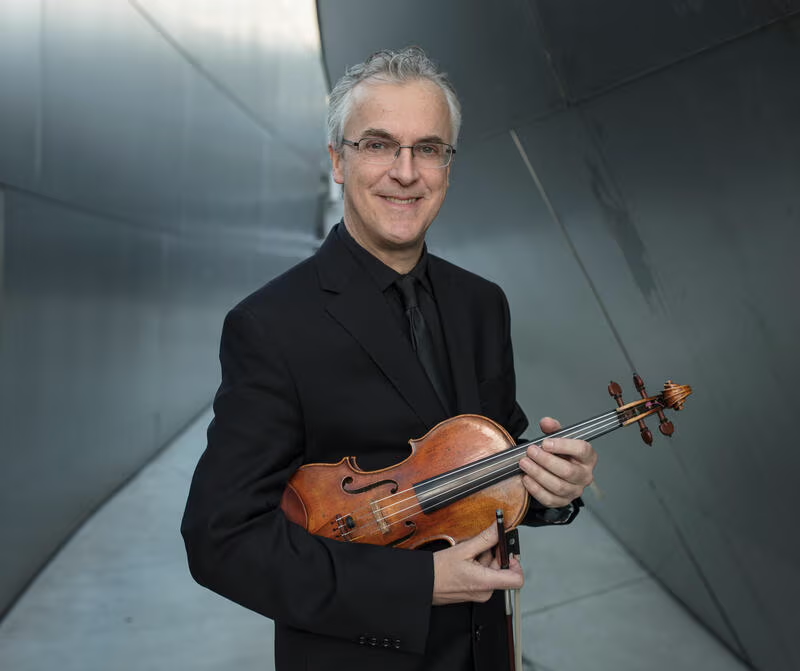
On Thursday night, the famed Baroque conductor Nicholas McGegan conducted the LA Phil at Walt Disney Concert Hall in three works: The Four Seasons, Op. 8, Nos. 1-4 by Vivaldi with LA Phil Concertmaster Martin Chalifour as soloist, the Chaconne from Idomeneo by Mozart, and the Symphony No. 94 in G major (“Surprise”) by Haydn.
The first half of the concert was devoted to Vivaldi’s The Four Seasons. This work consists of four separate concertos for violin and small orchestra, each consisting of three movements. The four concertos of Op. 8 were actually part of a larger set of 12 concertos, which Vivaldi titled “the contest between harmony and invention.” What Vivaldi meant by the contest was that the violin and, to a lesser degree, the accompanying orchestra, at times played beautifully harmonic and sweet music, while at other times Vivaldi had the violin doing things that, at the time, were not very well accepted. He pushed the limits of the violinist’s playing ability long before other composers did so. Also revolutionary, and entirely modern, Vivaldi actually wrote descriptive directions to the players in the individual scores to indicate how he wanted the music to sound.
The Four Seasons may be one of the earliest examples of program music because Vivaldi put the music to poems that he presumably wrote describing various scenes accompanying each of the seasons. Thankfully, McGegan and the LA Phil saw fit to project the lines of the poems during their respective parts of each concerto so the audience could see what Vivaldi’s literary intentions were with the music. For those not familiar with the poems and only the music, this shed a whole new light on Vivaldi’s revolutionary music. There were musical allusions to birds chirping, wind, thunder, rain, shepherds with their flock, and town folk, including a “drunkard” falling asleep after drinking too much.
McGegan conducted the four concertos from the keyboard of a harpsichord with Chalifour standing next to him. The performance was exhilarating and exciting and, along with the projected lines of the poems, completely enthralling.
Chalifour, who announced his retirement earlier this year, has been the principal concertmaster of the LA Phil since 1995, still has the chops and gave us a stirring performance of each of the concertos for 40 minutes. After leading the LA Phil first violins for 30 years, it was nice to see the LA Phil strings accompanying him. And, of course, they have a rapport with him they would have with no other violinist. At the conclusion, the Walt Disney Concert Hall audience showed their approval not only of the masterful performance by Chalifour but, it seemed to this reviewer, also of his 30 years as principal concertmaster. It was nice to see him out front and receiving the accolades he so well deserves.
Somewhat annoying, however, was that the audience applauded after each movement of each concerto (that’s 12 times!), and even more annoying was that the ushers allowed latecomers —and there were many — to come in between movements rather than between concertos. This happened all throughout the Spring concerto and into the Summer concerto. This meant quite a few distractions as people all over the hall were still moving to their seats while the musicians were playing.
The second half of the concert began with the Chaconne from Mozart’s opera Idomeneo, which is not really a chaconne in the Baroque sense, but more like a rondo in the French style. The music is the main ballet music from Mozart’s opera. But it shows the typical genius of Mozart in writing for a large (at the time) orchestra.
The concert concluded with the Symphony No. 94 by Haydn. What can one say about a Haydn Symphony? He wrote 104 of them, and the last 20 or so (many of which have names that he did not apply to them, but which he did not object to) are individual masterpieces. The nickname “Surprise” comes from the fact that after the quiet opening of the second movement, Andante, Haydn has the orchestra play a single loud chord punctuated with tympani. So, it comes as somewhat of a surprise, although he wasn’t the first to employ such techniques. Other than that, the symphony is typical Haydn — stately, musically intoxicating and with his character twists and turns that keep the audience guessing about what might come next.
In both the Mozart and the Haydn, McGegan showed why he is such an appealing conductor of Baroque and classical music. He doesn’t use a baton, and even after all these years (he’s 75), he is as animated and invigorated by the music as ever. McGegan, short in stature, moves and sways with the music, and during sections which have march-like rhythms, he moves his feet as if he’s marching on the podium. It was fun to watch him responding to the music and the musicians responding to him.
And the LA Phil musicians responded in kind to McGegan’s infectious excitement about the music, giving him, and the audience, a lush and entirely 18th-century sound.
If you want a great experience of The Four Seasons, and you want to see the longtime LA Phil Principal Concertmaster Martin Chalifour, perhaps for the last time as a soloist with his fellow LA Phil musicians, along with the renowned Baroque and classical conductor Nicholas McGegan, the concert repeats today (Friday) at 11 a.m. and again Saturday at 8 p.m. and Sunday at 2 p.m.
—Henry Schlinger, Culture Spot LA
For more information, visit https://www.laphil.com/events/performances/3109/2025-04-11/vivaldis-four-seasons-mozart-haydn.
Photo of Martin Chalifour courtesy of LA Phil

